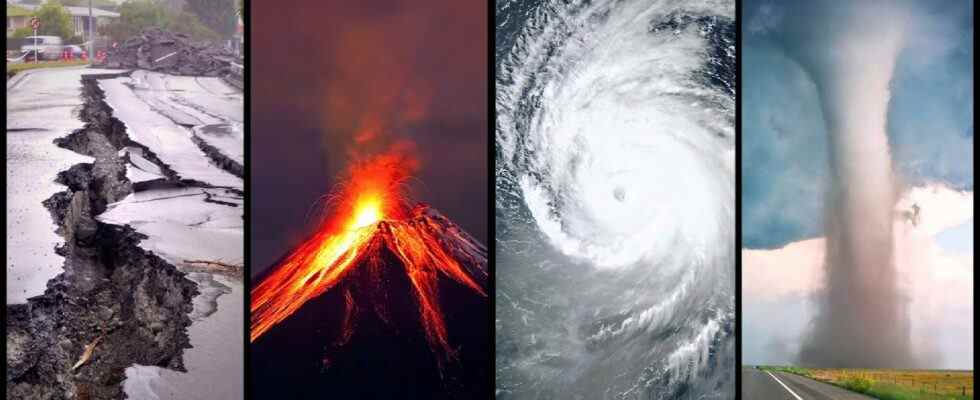According to the new natural disasters report shared by the United Nations, the number of disasters on our planet is increasing every year. The UN says humans are largely responsible for this situation. As scientists say, mathematics, like death, is infallible. Here is the shared data…
In the 30-year projection, natural disasters will increase 5 times!
According to a report released today by the United Nations Office for Disaster Risk Reduction (UNDRR), natural disasters from 1970 to 2000 averaged between 90 and 100 per year. In the period from 2001 to 2020, there was a frightening surplus and it came to an annual rate of 350 to 500.

Of course, let’s say that many factors such as earthquakes, tsunamis, volcanic eruptions, extreme weather conditions, crop plagues and epidemic diseases (biological, geophysical and weather disaster) are included in this projection. This means that the UN does not include small-scale disasters that only affect local communities and do not require national or international assistance.
The following words were included in the shared report:
At no other point in modern history has humanity faced so many familiar and unfamiliar risks and dangers interacting in a hyperconnected and rapidly changing world.

According to the UN, the activities of people both directly triggered these disasters and increased their risks indirectly. A hazard such as an earthquake or flood does not pose a danger to the rest of the world, as it only occurs in certain areas. But the growing population of these places is becoming alarming.
Because natural disasters are indirectly triggered. For example, changing the habitat of the region by settling on a coastline that is constantly exposed to storms can make that region increasingly weak.

Of course, when we add topics such as global warming and climate change, the result can be quite frightening. Compared to years ago, severe forest fires break out in our country and around the world every summer and can end the lives of millions of living things. An example of this is the fires that broke out on the Mediterranean and Aegean coasts of our country last summer and burned Australia in recent years.
Unfortunately, this situation will increase gradually until 2030. According to the projection put forward by the UN, even the frequency of disasters due to extreme temperatures will increase 3 times compared to 2001. For this reason, it is predicted that by 2030, there will be an average of 560 major fires each year, corresponding to 1.5 per day.

Another sad piece of information shared in the report was that only a small portion of official disaster finance focused on reducing risks beforehand. Disaster prevention and preparedness financing increased to $5.5 billion between 2010 and 2019, while rescue efforts reached $7.7 billion.
Of course, these are very small amounts compared to the money transferred to the temporary emergency response in the same time frame, which is close to 120 billion dollars. In other words, the whole world has to spend much more to save the day after disasters instead of making preparations before they happen.

Making a statement on the subject, United Nations Deputy Secretary General Amina J. Mohammed said:
The world needs to do more to include disaster risk in how we live, build and invest that has plunged humanity into a spiral of self-destruction.
What do you think about this subject? Don’t forget to share your feedback with us on the SDN Forum or in the comments!
